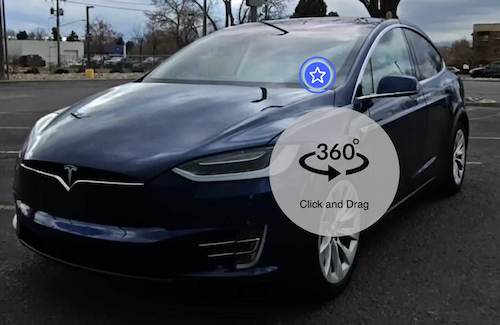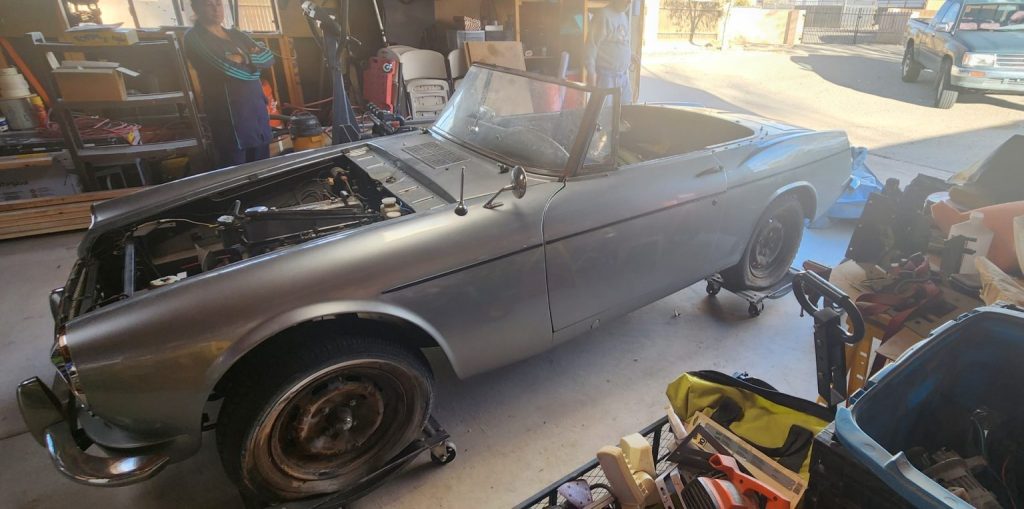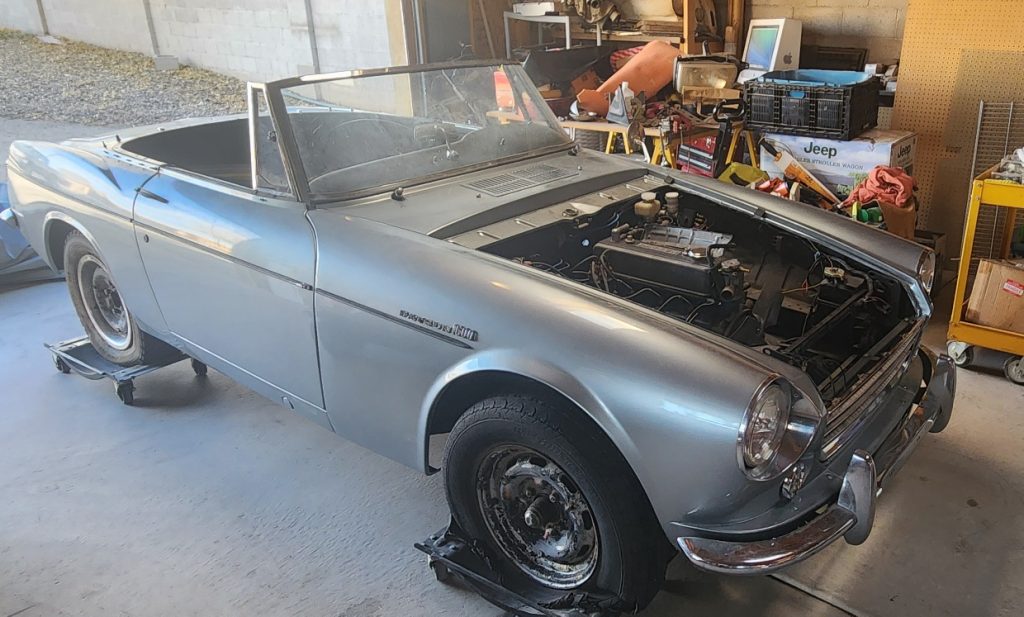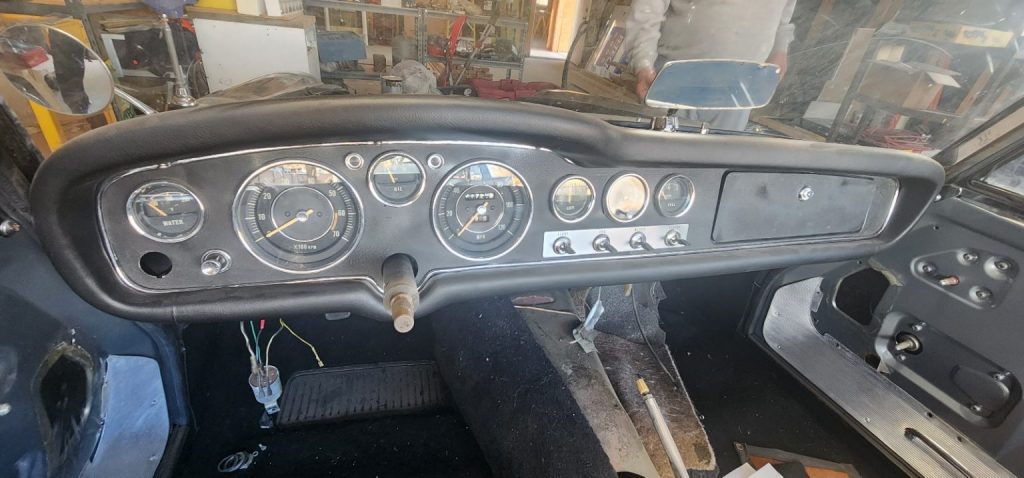After my recent LinkedIn post about the Tesla Roadster stirred up 60+ comments (and counting), I realized it was time to go deeper—because there’s only so much you can say in 3,000 characters.
That post wasn’t an outright attack on EVs. It was about ownership, longevity, and culture. I focused on the 2008 Tesla Roadster, a vehicle that helped launch the EV movement, nearly two decades after its debut. Some people got the point. Others? Let’s just say their reactions were… intense. Like a Ford guy at a Chevy show.
So here’s the unfiltered response—the real talk.
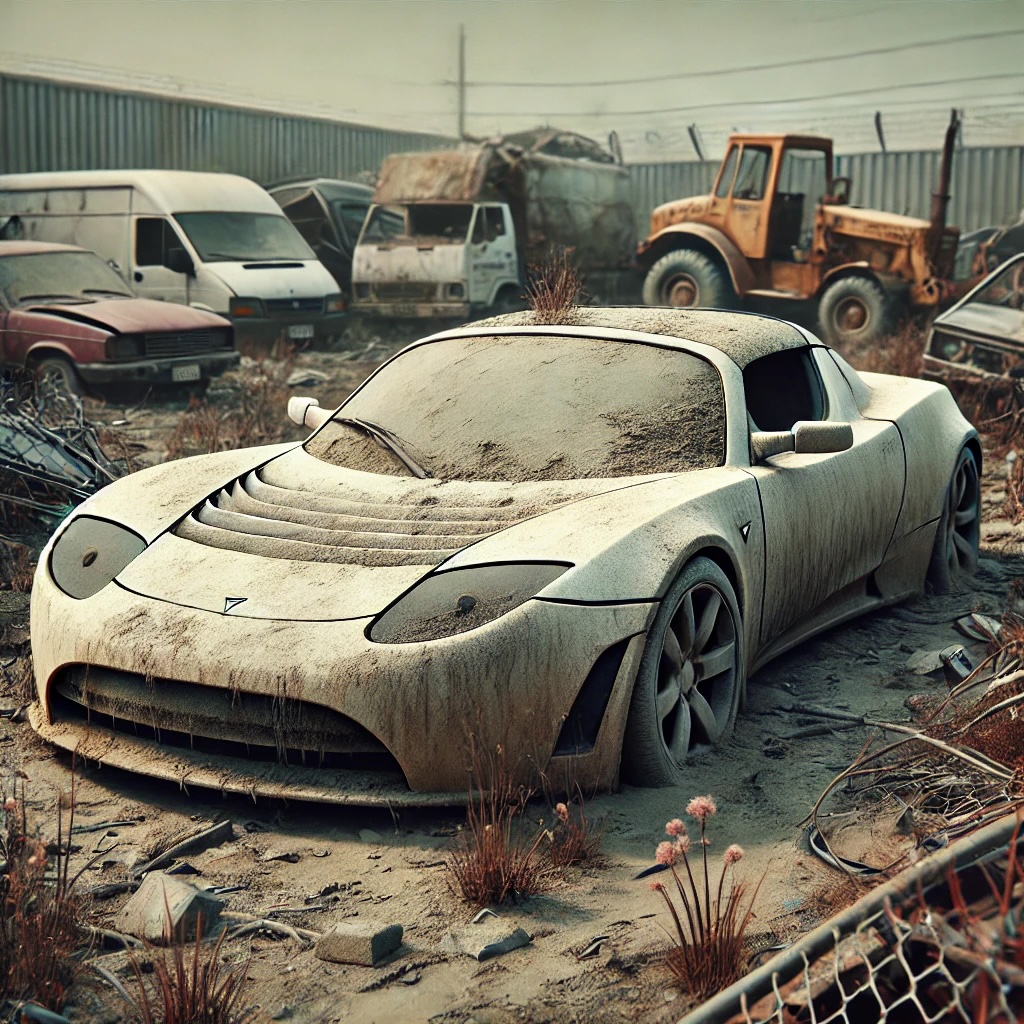
EV Enthusiasm vs. Gearhead Culture
I’ve been around car people my entire life. I’ve sold EVs, ICE cars, exotics, classics—you name it. I’ve seen Mopar-only loyalty, Subaru cultists, Ford ST fanatics, and Mustang vs. Camaro debates that never end. I love it. It’s passion. But that passion is rooted in something deeper: the ability to engage with a car beyond the driver’s seat.
That’s the difference.
Gearheads rebuild what they love—or they know someone who can for the price of a case of beer. EV owners? Most are drivers of a tech product. They’re passionate, sure. But that doesn’t mean they’re builders, fabricators, or tuners.
One commenter on LinkedIn said, “You can fix EV batteries cell by cell!” Okay… but how many of you are actually doing that? In your driveway? With a multimeter, heat gun, and fire extinguisher on standby?
Another said I was disingenuous for using the Tesla Roadster as an example. But let’s be clear: the Roadster wasn’t a concept car. It was marketed, sold, and delivered as a production vehicle. If we can’t fairly look at its performance and long-term serviceability now—almost 20 years later—then when can we?
Repairability Is Culture
ICE vehicles have something EVs don’t: an open, thriving, global network of mechanics, machine shops, and parts suppliers keeping millions of cars alive every day.
Let me put it in tech terms: ICE vehicles are like Open Source, while EVs are like Apple. One gives you freedom, options, and control. The other locks you into its ecosystem—and then charges you a premium for the privilege.
Want to be locked into your car’s manufacturer for all service, support, and updates? Cool. But don’t pretend that’s freedom. And don’t act like you own the vehicle.
This isn’t nostalgia. It’s about function. Go to a Fourth of July parade and you’ll see vehicles 50, 75, even 100 years old still running. That’s recycling at its best. There are over 250 million vehicles in the U.S., and 33 million are over 50 years old. That’s not a fluke. It’s a system that works.
Meanwhile, the same people who say ICE vehicles are killing the planet are pushing a disposable EV model that requires replacement every 8–10 years due to software, battery life, or proprietary parts.
Unlike ICE cars, there’s no shop around the corner pulling apart Tesla drivetrains or reprogramming proprietary battery management systems.
Planned Obsolescence Isn’t Just a Tesla Problem
This isn’t just about Tesla. Legacy automakers are chasing the same model. Ford doesn’t even support parts for the 2012 Edge anymore—a mainstream vehicle. Manufacturers use plastic where they used to use metal. They discontinue parts after 10 years.
Everyone saw Tesla’s success, and Wall Street loved it. Now everyone wants the same proprietary, profitable, closed-loop system. But that model isn’t good for gearheads or EV fans who want to keep their cars long-term.
It’s just like with smartphones—the plan is clear: force you to upgrade, not repair.
EVs Are Cool—But Let’s Not Pretend They’re the Same
This might sound like I’m anti-EV. I’m not. I’ve driven plenty of them. I took a Lyft home from the airport in a Hyundai Ioniq 5. Smooth, fast, quiet—loved it. I got a Starbucks manager a Nissan Leaf for his commute. Perfect car for the job.
EVs are tools. They’re ideal for short commutes, rideshare drivers, and solar-powered homes. But they’re not rebuildable long-term classics. Most people driving them don’t even think in those terms—and that’s okay. But don’t pretend they’re going to be around in 2080 like a ’61 Corvette or ’67 Camaro.
Modern ICE vehicles may have more moving parts, but they’re infinitely more accessible to service and repair. You’re not going to 3D print a Tesla inverter chip in your garage.
You might keep a classic running with junkyard parts, eBay finds, and a bit of backyard wrenching. You’re not going to do that with a bricked EV.
The Starbucks Barista and the iPhone
Some LinkedIn commenters accused me of cherry-picking examples. One even said EVs are better because of reduced fuel costs over 112,000 miles. He did the math down to the penny.
Cool. But that’s not culture. You’re justifying ownership based on energy spreadsheets and charging habits—not mechanical freedom or longevity.
It’s like the Starbucks barista who thinks they can build an iPhone because they use one every day while scrolling TikTok. That’s not how this works. That’s like thinking you’re a surgeon because you binge medical dramas on Netflix.
You’re not building your EV. You’re using it. That’s fine. Just be honest about it.
The VW Beetle
When I was in high school back in 1984, I owned four VW Bugs—a red one, a white one, a yellow one, and a blue one. I just thought they were cool at the time with the rear engine placement, rear-wheel drive—they were fun in the snow and really fun to do “donuts” in a parking lot during a snowstorm in Wisconsin.
A buddy of mine, who was a total stoner and flunked a grade, could turn a wrench like nobody’s business. We swapped motors, pulled parts, and busted out the legendary 1969 book by John Muir: “How to Keep Your Volkswagen Alive: A Manual of Step-by-Step Procedures for the Compleat Idiot.”
By the time we were done, all four of those Bugs were running. I gave him one, sold the others, and kept the hustle going.
In some ways, that was the beginning of The Cool Car Guy. Of course, I didn’t know it at the time, but I went on to always be flipping cars as a kid and later as an adult. Cars are cool—and it didn’t matter to me that Steve couldn’t pass a math class or was held back in school. The guy knew how to fix a car. And that was worth everything at the time.
Final Thought
EVs are exciting, innovative, and the future in many ways. But don’t pretend they’re the same as the cars we build, break, and rebuild with our own hands.
Passion doesn’t make you a gearhead—being able to restore what you love does.
Real car culture isn’t plug-and-play—it’s build, break, rebuild.
If your car’s future is one software update away from being bricked, that’s not ownership—it’s dependence.
To everyone who came at me in the comments—respect. Passion makes this all fun. But don’t confuse driving a product with being able to rebuild it.
You can love your EV. Just don’t pretend it’s a wrench-turner’s dream.


